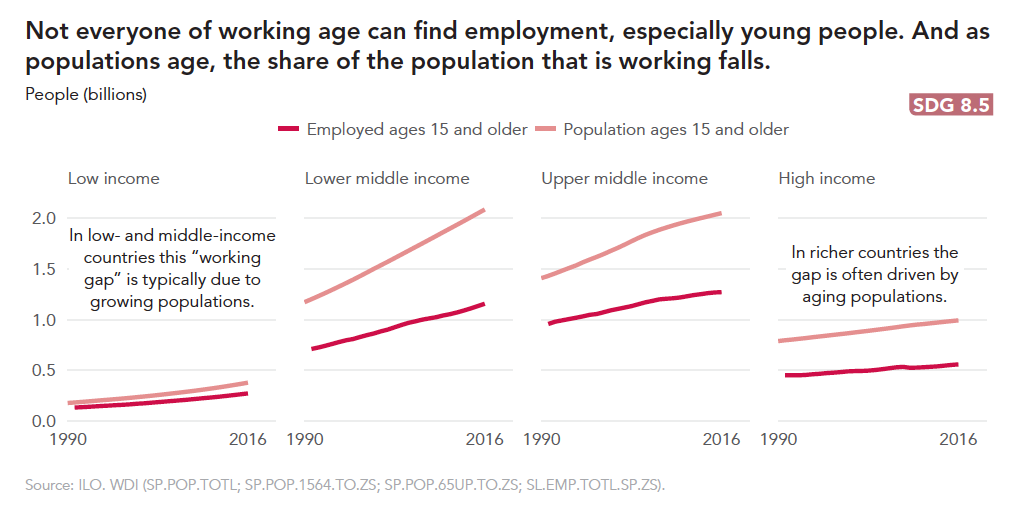As I journey through the final days of my MSc, I am reminded of the challenges of young people.
The global youth unemployment rate is estimated to rise slightly, reaching 13,1 % which represents 70.9 million young unemployed people (ILO, 2017). In Latin America and the Caribbean, the youth unemployment rate is expected to continue to increase, and it is forecasted to remain stable in sub-Saharan Africa and Eastern and Southern Africa (IFAD, 2014e)

The unemployment rates in rural areas are higher than in urban areas and youth unemployment rates are typically twice those of adults (White, 2012). Young people in rural areas are less likely to have contracted employment compared to their urban counterparts (ILO, 2017). This is due to the challenges that many workers in rural areas face. These challenges include: low pay, poor-quality jobs that are unrecognized and unprotected by law, widespread underemployment, the absence of rights at work, inadequate social protection and the lack of a representative voice (ILO, 2008).
Furthermore, one in five youth in rural areas never attended school and almost only have primary education (OECD, 2018). While urban youth go beyond primary school to complete higher levels of education – 33.3 % of which are enrolled in general secondary education, 11.5 % in vocational secondary education and 18.1 % in tertiary education. Only 10.7 % of rural youth are likely to undertake vocational education and 10.5 % tertiary education OECD (2018). Rural youth have the poorest educational backgrounds in sub-Saharan African countries and in low-income economies
As a young person, I am concerned that policies and actions tend to overlook my generation, resulting in engagement approaches that fail to be effective at addressing youth challenges.
